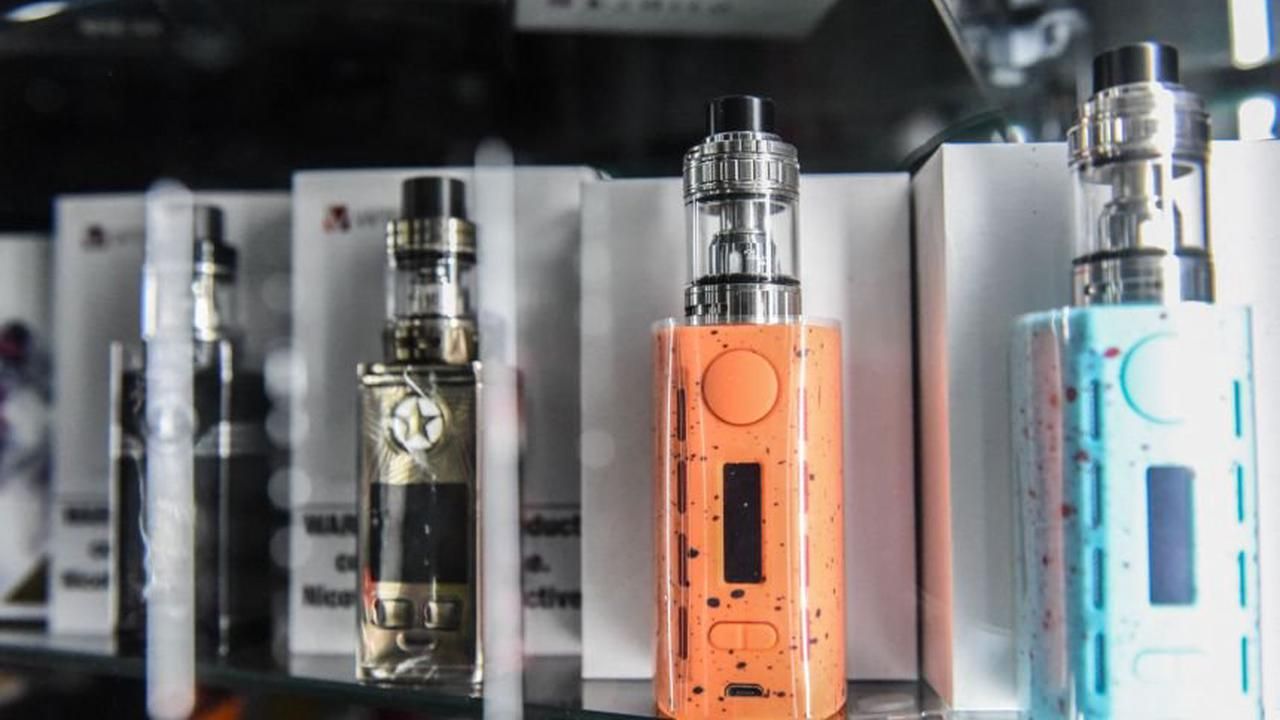According to the annual National Youth Tobacco Survey conducted by the government, teen usage of electronic cigarettes dropped dramatically in 2021, marking the second consecutive year of significant reductions.
According to a study released Thursday by the Centers for Disease Control and Prevention, 11.3 percent of high school students stated that they now vape, a decrease from 19.6 percent in 2020 and a significant decrease from the 27.5 percent who claimed that they did so in 2019.
A study showed that more over 2 million high school and middle school kids were actively smoking e-cigarettes, despite the decrease in use reported by researchers. Furthermore, since the reductions occurred during the epidemic, several public health experts questioned whether the data really indicated a long-term shift in adolescent vaping patterns.
E-cigarettes first appeared on the market in the United States in the early 2000s, gadgets that were intended to provide smokers with the nicotine fix they wanted without exposing them to the toxins that are released when cigarettes are burned. The popularity of e-cigarettes started to spread among adolescents who had never smoked, with the Food and Drug Administration issuing a warning in 2018 about an epidemic of vaping among youngsters who were getting hooked to nicotine via the use of e-cigarettes.
Mr. Mitch Zeller, director of the Food and Drug Administration’s Center for Tobacco Products, stated that the new data was still concerning, particularly the popularity of flavored electronic cigarettes, which were banned by the Trump administration but are still available on the market in certain forms due to a regulatory loophole, according to a statement. According to the study, almost 85 percent of adolescent e-cigarette users claimed to have used flavored products to enjoy their cigarettes. Fruit tastes were the most popular, although candy, mint, and menthol flavors were also popular, which was consistent with previous years.
Robin Koval, president and chief executive of Truth Initiative, a non-profit organization dedicated to eliminating nicotine addiction, said that the significant decline in adolescent vaping may be due to a transitory reason, namely, pandemic limitations that kept young people at home throughout the flu season. According to Ms. Koval, “Kids were not in school, and they were not seeing classmates.”
Another notable shift shown by the new data was the decrease in popularity of Juul, the once-dominant e-cigarette manufacturer whose sleek devices, often called “the iPhone of e-cigarettes,” are widely credited with kicking off the adolescent vaping craze. After the Food and Drug Administration (FDA) prohibited flavored pods in early 2020, Juul is currently only selling menthol and tobacco flavors.
According to the most recent study, Puff Bars, which offers a range of tastes, is the most popular e-cigarette brand among teenagers, with 26 percent of frequent high school e-cigarette users identifying Puff as “their normal brand.” Other popular brands include Vuse (10.8 percent) and SMOK (9.6 percent), with Juul coming in last with 5.7 percent of respondents stating that it is their preferred brand.
However, the evidence has significant implications for policy choices now being considered by the Food and Drug Administration. Following an assessment of whether their products offer more public benefit — by assisting smokers in quitting cigarettes — than damage — by generating a new generation of nicotine addicts — the FDA is choosing which e-cigarette firms will be allowed to stay on the market.

